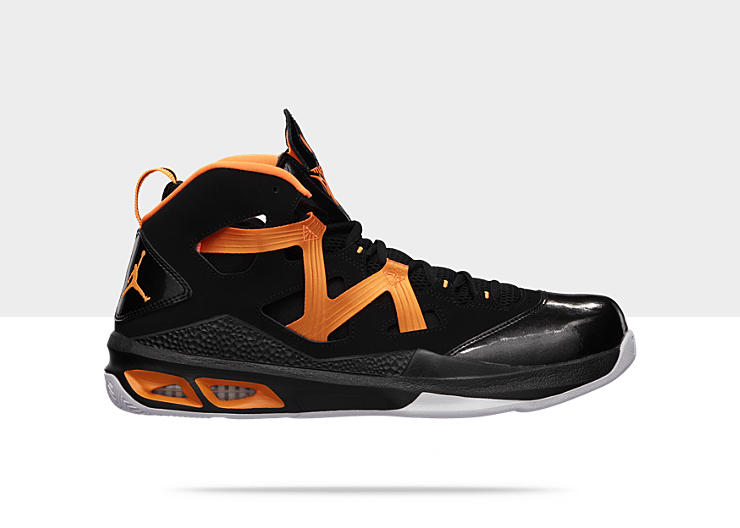Nike Jordan Melo M9 - new arrival $132.99 - Shoebacca.com
The original idea was extremely simple and modest: Bring $1,000 worth of low-cost but high-quality Japanese running shoes named Onitsuka Tigers into the U.S. and sell them out of the back of a van at track meets. When University of Oregon accounting student and track runner Phil Knight approached his coach, Bill Bowerman, about the plan in 1962, it might've even sounded pretty lame. Bowerman was, after all, Oregon's legendary track coach; trainer of All-Americans and Olympic athletes, and destined to be inducted into multiple halls of fame and even credited with popularizing jogging in America. Two years later, Knight convinced Bowerman the plan could work, and the two agreed to invest $500 apiece in the idea. A few decades later the result is a multibillion dollar corporation and the world's most successful athletics apparel and footwear manufacturing company: Nike.
Blue Ribbon Sports, Bowerman and Knight's original company, did not remain an import-only business for long. Bowerman soon had ideas to improve on the Onitsuka model, and Knight determined more money could be made from producing and selling his own products rather than acting as middleman for someone else's company. In 1966 they moved operations from the van to a Santa Monica, California retail store, and the next year Bowerman developed his own model of running shoe, a design that would eventually become known as the "Cortez," still one of Nike's most popular shoes. By 1971, Blue Ribbon Sports was ready to end its distribution of Onitsuka products to focus on developing its own footwear.
That same year, Blue Ribbon Sports released its first original shoe, a soccer/football cleat named the Nike which featured the soon to be famous Swoosh insignia. Bowerman soon made footwear history that year when he, most likely in complete defiance of his waffle iron's instruction manual, pressed a homemade waffled rubber sole, an innovation that lead to the Waffle Trainer shoe in 1974. His ingenuity would soon become the standard on running shoe outsoles everywhere because of its superior traction and lighter weight. Another U of Oregon track star, Steve Prefontaine, became the first famous athlete associated with the brand; not only wearing Blue Ribbon's shoes, but offering the young company suggestions on improving running footwear. In 1972, Blue Ribbon released an entire line of Nike shoes, a name they were apparently set on, because they rechristened the corporation Nike, after the Greek goddess of triumph, in 1978.
By 1980, the company had a 50% share of the American shoe market, largely without advertising on TV. The company's first large scale television ad campaign was launched during the New York Marathon in 1982, designed by upstart ad agency Wieden+Kennedy. This is the same agency that would later be responsible for many of Nike's most famous ads including the iconic "Just Do It" commercials beginning in 1988. In addition to effective marketing, Nike's development of innovative technology and cool designs, as well as its relationship with legendary athletes, continued to benefit the brand. In 1982, Nike released the venerable Air Force One, a basketball shoe that continues to be a staple of fashion footwear on and off the court. The company's development of foam-free air pocket cushioning led to the 1987 release of the Air Max, the first in a continuing line of cutting-edge running shoes. Nike's contract with young NBA standout Michael Jordan in 1985 allowed for the release of the first Air Jordans, a shoe that would launch an entire product line and become the most famous basketball shoe since the Converse All-Star. Incidentally, Nike purchased Converse in 2003. That $500 for selling shoes out of the back of a van seems like a pretty good business investment now, doesn't it?

Comments
Post a Comment